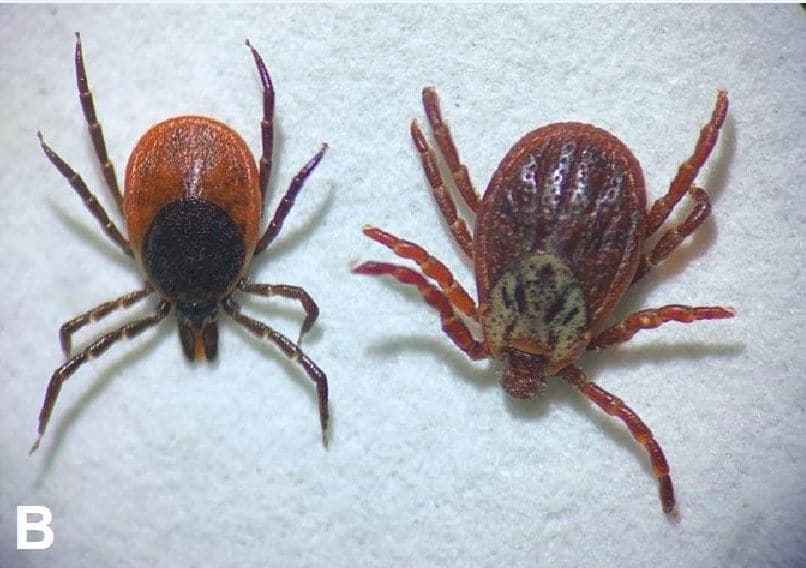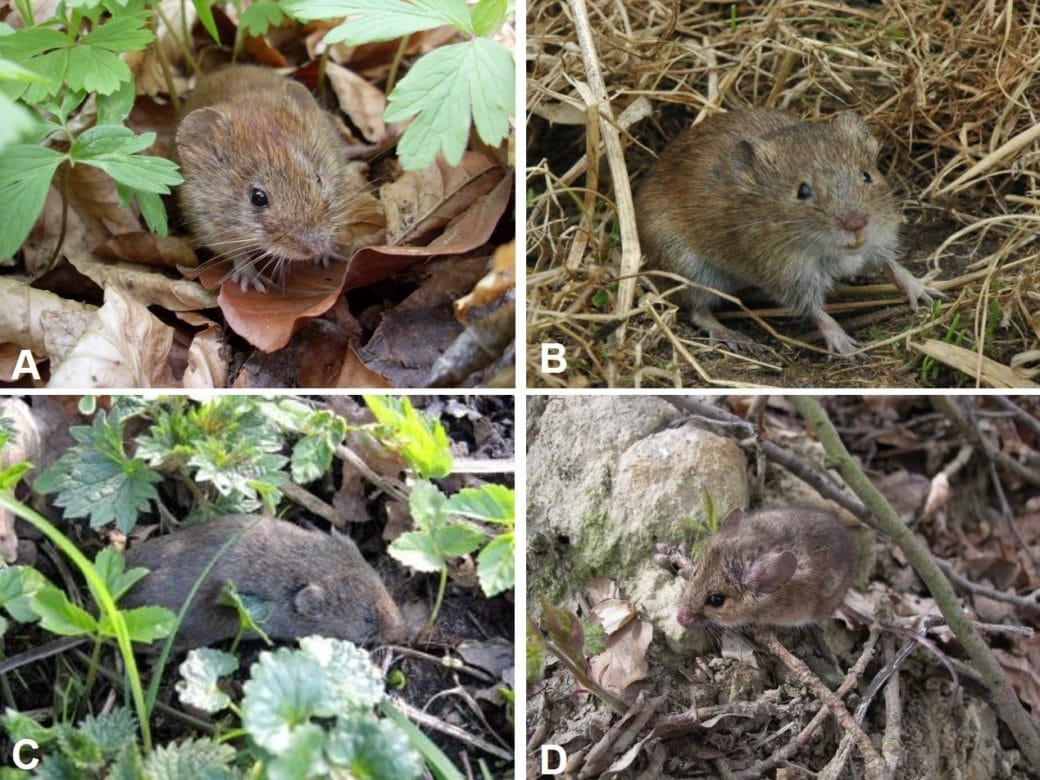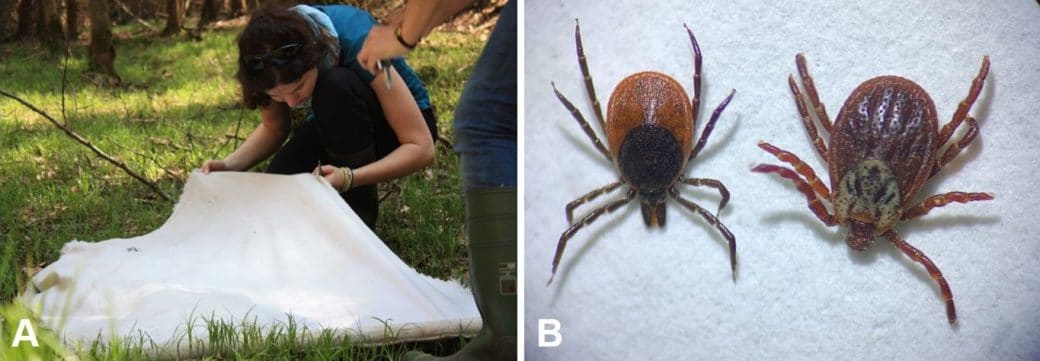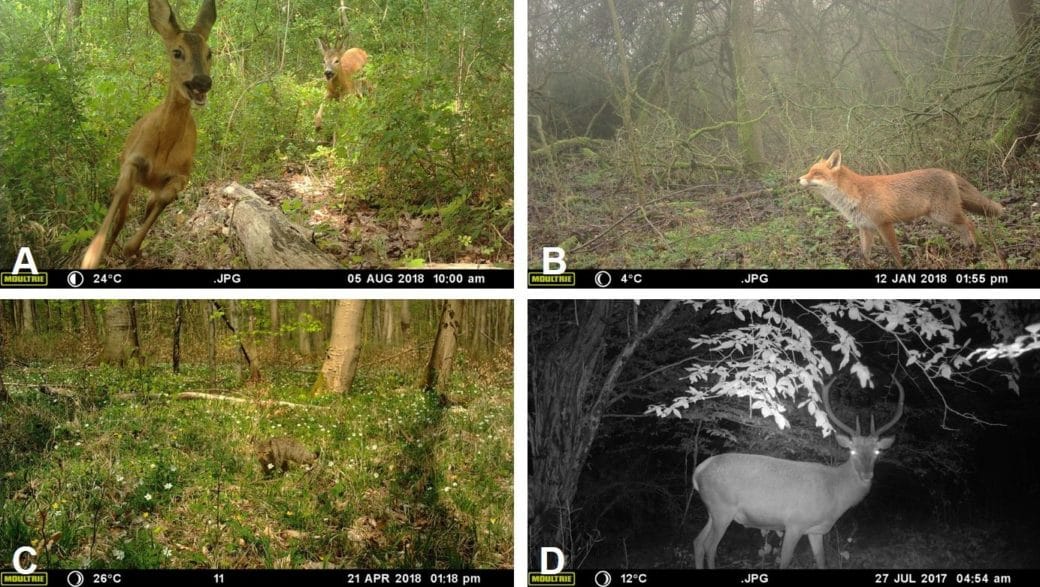Land use, biodiversity and rodent-borne diseases

Anthropogenic alterations to the environment negatively affect natural ecosystem integrity. In the process, shifted ecosystem properties have led to the disturbance of many fundamental ecosystem services. Recently, there has been increasing attention to the effect of habitat degradation on the emergence and expansion of infectious diseases in humans and animals. Habitat degradation may alter host and vector abundance, diversity, community composition as well as environmental conditions associated with disease transmission within the host/vector/pathogen complex. In fact, pathogens with different routes of transmission might respond differently to similar changes in the environmental conditions, whilst hosts can vary in competency, which in combination with abundance likely influences pathogen transmission. There are very few experimental studies dealing with mechanisms of transmission of pathogens in response to different land-use intensities. It is important to establish how the heterogeneity in life histories among and within hosts and vectors contributes to the persistence or absence of certain pathogens.
Here we propose to evaluate how gradients in land-use intensity can affect the transmission of pathogens differing in transmission route and host competency. The study will focus on the small mammal community on grassland and forests, as they are hosts to a diverse range of pathogens and exhibit marked variation in abundance and community structure – depending on local environmental conditions. Detailed information on land-use intensity will be linked to small mammal and vector (e.g., ticks and ectoparasites) abundance, diversity and community composition. The results will highlight specific pathogen traits that are favoured or disfavoured by different forms of land-use intensity.
The hypothesis of this project is that increased Biodiversity limits the abundance of single species and decreases the transmission of multiple zoonotic diseases. The intensification of agricultural practices have led to a dramatic decrease in biodiversity, likely increasing the chances of new emerging zoonotic diseases to spread.
Small mammals and tick in the Hainich-Dün region
Small mammals are an integral part of the modern agricultural landscape, as many species are highly resilient towards human disturbance (Figure 1). Their reproductive potential and flexible social systems allow for high amplitude eruptive population fluctuations driven by suitable weather and sufficient food availability. During episodes of high abundance, we expect transmission of pathogens to increase. At the same time, ticks (Figure 2) are vectors for many relevant infectious diseases (e.g., Borreliosis, Neoehrlichiosis). Their presence is coupled with that of suitable hosts like small mammals.
Pathogens and ectoparasites
This project will focus on two pathogens differing in transmission route. The bacteria of the genus Leptospira are ubiquitous pathogens associated with many species of mammals, whereas rodents appear to be their main reservoir. They can cause Leptospirosis in humans, one of the most widely distributed zoonosis worldwide. We will also consider the vector-born pathogen Candidatus Neoehrlichia mikuriensis (CNM), which causes neoehrlichiosis in mostly immunodeficient patients. In general, changes in species composition can lead to epidemiological changes of a focal pathogen depending on the ratio, abundance and interaction of competent and non-competent hosts. In addition, we will address the effect of land use on the individual ectoparasite load of small mammals.
Large mammals in the Hainich-Dün region
This work package incorporates placing wildlife cameras on the forest plots of the exploratories in order to determine abundance and diversity of larger mammals depending of land-use intensity (Figure 3). We will add an additional trophic level in our assessment of the transmission of zoonotic diseases, which could be due to classical predator-prey relationships, or the displacement of pathogens by mobile species over large spatial scales.












